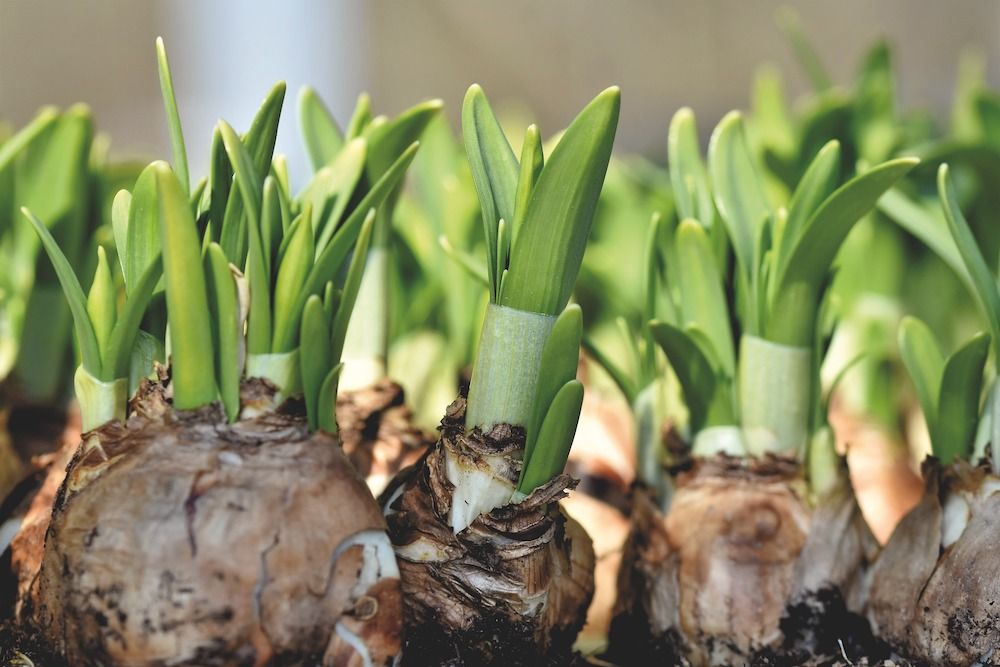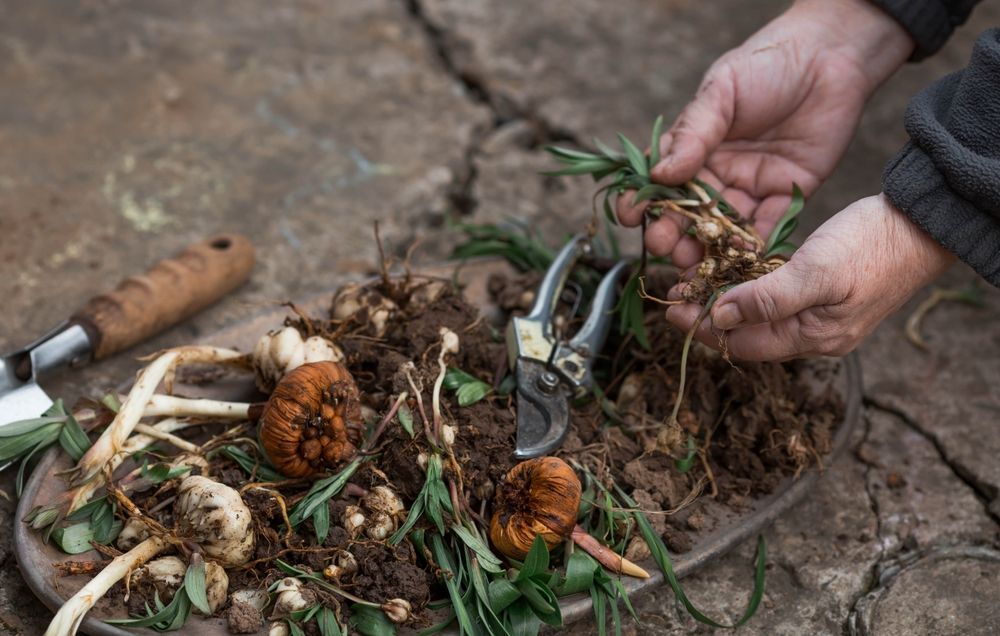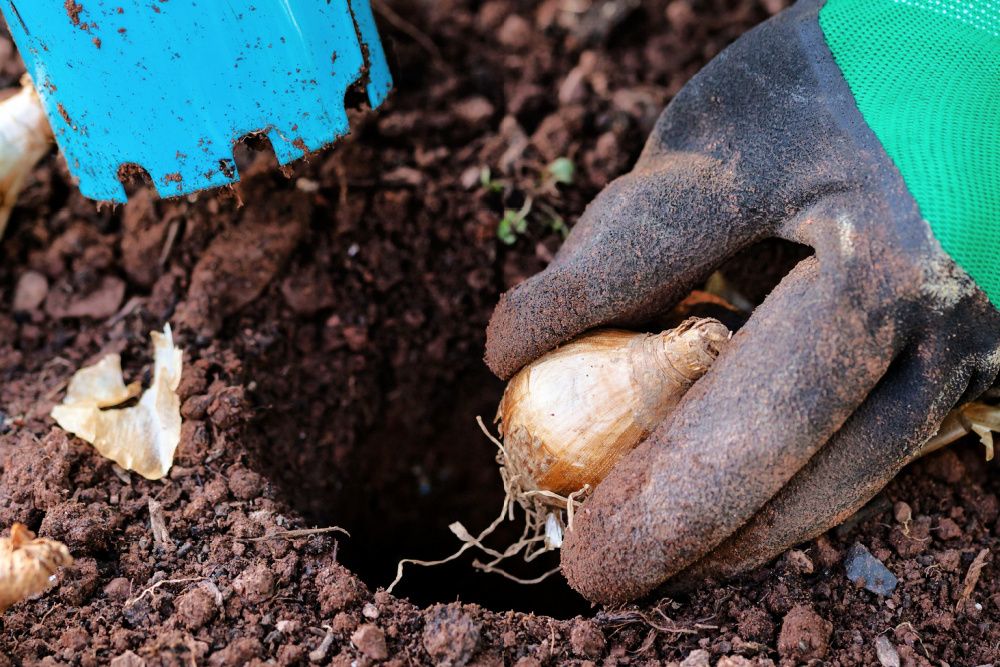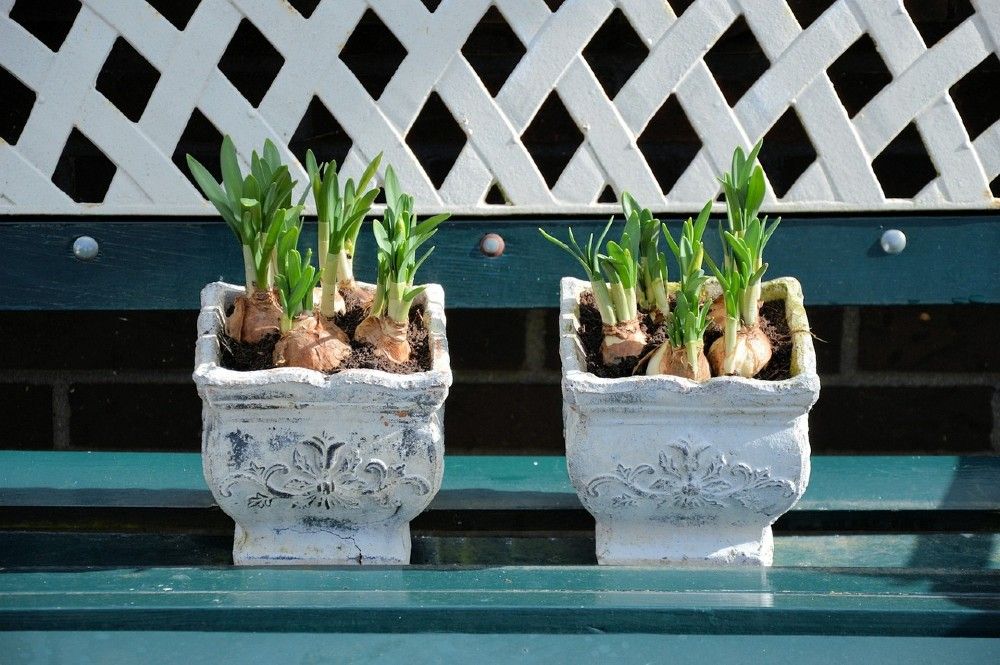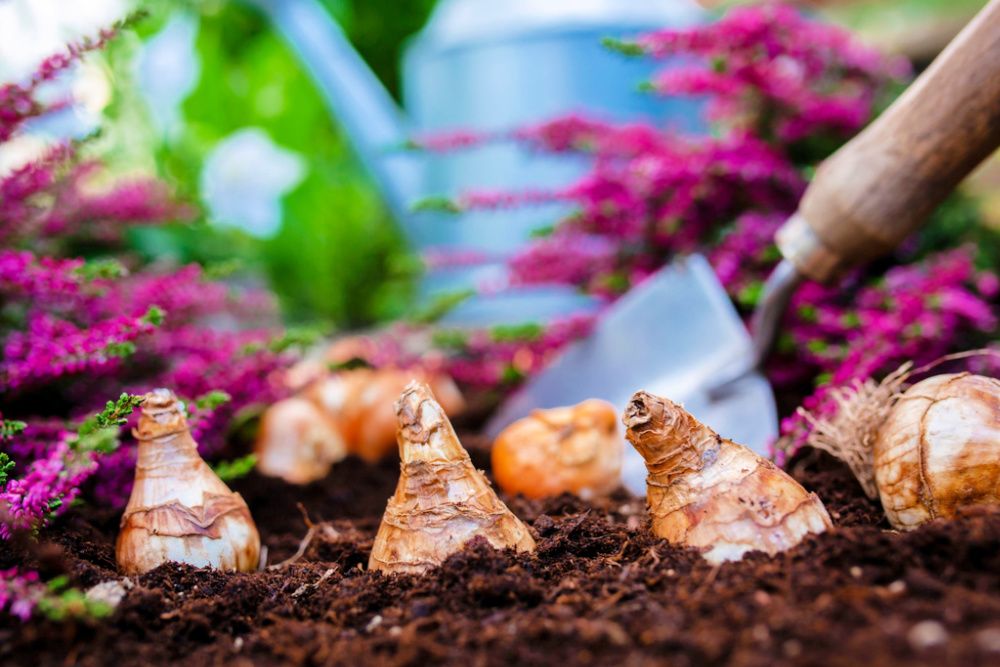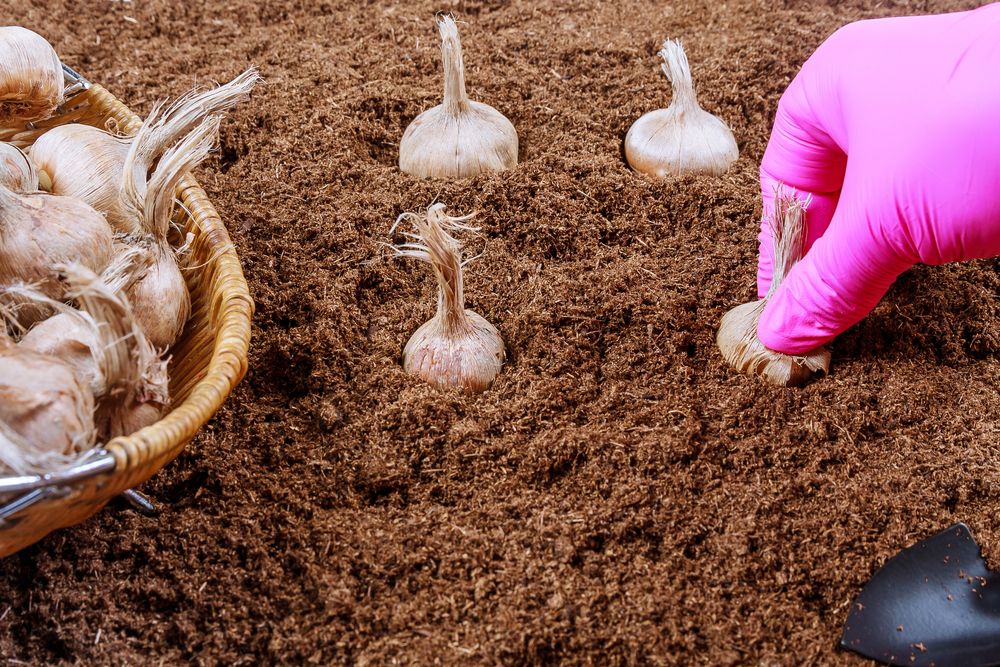Are you getting ready to plant your spring garden? It's a great time to get outside and enjoy the cooler and crisper weather while you work in the soil. Just be careful not to make these common mistakes when planting your bulbs! By avoiding these errors, you'll have a blooming garden in no time. So read on and learn how to plant your bulbs like a pro!
Not Planning Ahead
Image credits: S.O.E. via Shutterstock
One of the biggest mistakes that many gardeners make when planting bulbs is not taking the time to plan. Instead, they go out and plant their bulbs without thinking about placement or what flowers they want to see blooming in the spring.
If you want your bulb-planted garden to look its best, it’s essential to put some thought into where you will plant your bulbs and which types of plants you would like to see bloom. Doing this will ensure that everything looks just right when it comes time for them to start sprouting up!
Planting Too Close Together
Image credits: Ralphs_Fotos via Pixabay
Spacing is an important consideration when planting bulbs to get the best flowering results. Planting too closely can mean that the bulbs need to divide earlier than expected, which could result in reduced blooms for that year.
However, if you plant too far apart, there will be gaps between plants where other flowers may take over from your bulbs. The best approach is to find a happy medium and stick to it. You can even experiment with different spacing distances until you achieve the desired effect.
Forgetting About Drainage
Image credits: PhotoJuli86 via Shutterstock
It’s also essential that you take proper care of your bulb-planted garden by ensuring adequate drainage in the soil. If the soil doesn’t drain well or is too wet, your bulbs may rot instead of blooming into a beautifully bright flowerbed.
To avoid this potentially disastrous situation, add plenty of organic matter to the soil with each planting. It will help create a healthy environment for your flowers and keep them from becoming waterlogged.
Planting Too Deep
Image credits: Max_555 via Shutterstock
Planting too deep is another common mistake many gardeners make. Always plant your bulbs at approximately three times as deep as they are tall, so a 1-inch bulb should go into the ground at least 3 inches down.
If you plant them too deeply, they may fail to bloom. To prevent this from happening, take the time to dig your holes carefully and place your bulbs in them with care.
Not Paying Attention to Sunlight
Image credits: PublicDomainPictures via Pixaby
Another important factor when planting bulbs is making sure that the soil receives adequate sunlight throughout the day.
Most spring bulbs need full sun to partial shade to grow and produce blooms. It means you should avoid planting them in areas of your garden where there isn’t sufficient light available between sunrise and sunset.
Forgetting About Soil Quality
Image credits: Lisa Fotios via Pexels
The most crucial aspect to consider when planting bulbs is high-quality soil in the area where your plants will be growing. It can make all the difference when ensuring bulbs grow and produce blooms as expected.
Soil that is poor in nutrients can severely limit the growth of your bulbs even if you have done everything else properly. To avoid this, take a sample of your soil to a local garden center to know what amendments are necessary to get things back on track. Alternatively, you can also test your soil at home with a DIY testing kit.
Once you have your results, start by preparing the soil. To do this, begin by tilling an all-purpose fertilizer (20-20-20) in your garden beds. Next, mix plenty of organic matter as compost or manure with sharp sand or calcined clay products to help improve drainage and promote healthy plant growth.
Not Taking Enough Care With Watering
Image credits: iMarzi via Shutterstock
If you've recently planted a bulb garden, ensure that your bulbs get the water they need during their first winter. It will help them settle into your garden and encourage strong root growth.
After the first watering, there's no need to worry about watering your bulbs again during their dormancy. Nature will take care of that for you!
Not Protecting Your Bulbs From Pests
Image credits: Ray Bernoff via Shutterstock
Another key factor in caring for spring bulbs is protecting them from pest damage until they’ve had time to grow strong enough to fend off most bugs on their own.
One of the most common threats to new bulb plantings is rodents, such as mice, moles, and squirrels. They may dig up the area in search of grubs or just because it’s an easy food source for them. To prevent this from happening, use rodent deterrents, such as fencing or poison bait.
Planting Too Early or Too Late
Image credits: ZhakYaroslav via Shutterstock
You can plant most bulbs through the late fall months, and you'll still have time to enjoy their pretty blooms come springtime!
And if you live in a warmer region, don't let cooler temperatures stop you. You can typically plant them up until December or even into January. So, there's no need to wait until next year. Go ahead and add some beautiful flowering bulbs to your garden this season!
Treat Your Bulbs Right!
Fall is the perfect time to get your hands dirty and plant bulbs! Just be sure not to make common mistakes when planting. By avoiding these errors, you'll have a blooming garden in no time.
Share this article with your gardening friends so they can avoid making these same mistakes. Do you have any tips or tricks for planting spring bulbs? Leave a comment below!



